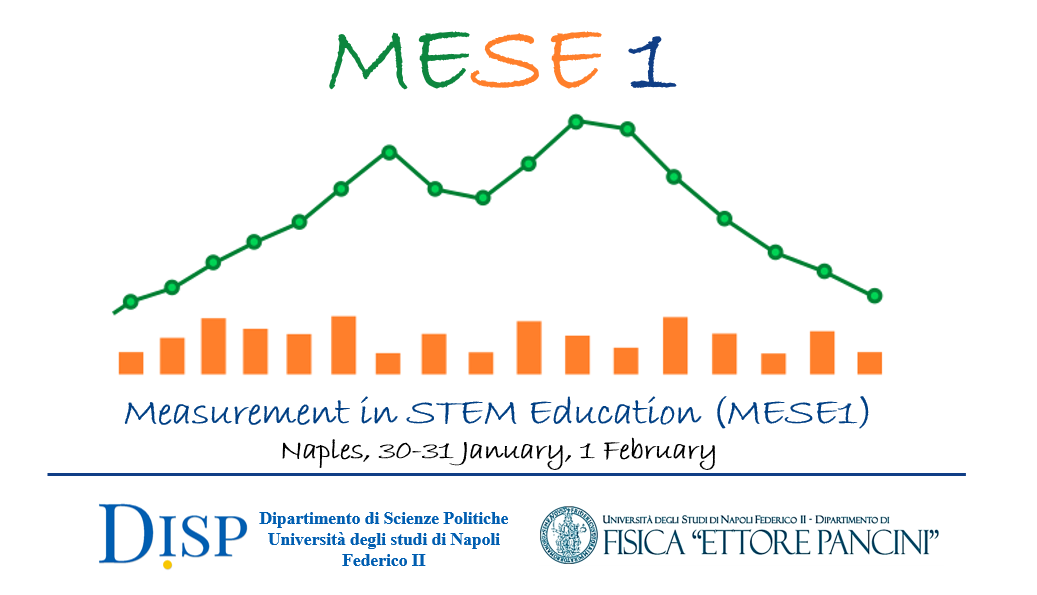Speaker
Description
We combined qualitative and quantitative analyses to investigate the role of virtual simulations in the evolution of primary school students' mental models about electrostatics with respect to the target school scientific model of microscopic charges by analyzing the answers of two groups of 9/10 years old pupils inside instructional sequences that combined two hands-on real (R) activities using balloons and jackets with the same two virtual activities (V) using PhET simulations.
Five classes in three schools (a total of n = 83 students, 43 males and 40 females) were chosen to carry out the "first-real" (RV) sequence while five classes in three other schools (a total of n = 85 students, 41 males and 44 females) carried out the "first-virtual" (VR) sequence. The two groups were organized so as to be homogeneous from an ethnic, cultural, social and economic viewpoint, ensuring that the typology of students would not affect the results.
Data collection was made through pre-observation and post-observation worksheets for each real and virtual activity concerning a descriptive dimension as well as an explanatory dimension, leading to a total eight worksheets for each student. As for the descriptive dimension, related to the multiple-choice question “What happens? Choose a description for the physical behavior of the two objects”, students’ answers were classified with respect to three categories: “Concordant”, “Discordant” and “No Answer”. The explanatory dimension, investigated through the open question “Why does it happen? Justify your choice”, required a qualitative and interpretative analysis of the texts and of the graphic representations proposed by pupils. To classify students’ answers and establish a progression with respect to their degree of adequacy to the target model, we defined five categories associated to five levels from 0 (lowest adequacy) to 4 (highest adequacy) following an approach based on the empirical learning progressions.
Quantitative data analysis was applied to compare the efficacy of the RV and VR sequences. In the case of the descriptive dimension, we applied the chi-square test since our aim was to estimate whether the difference between the percentages of concordant, discordant and not given answers between the two sequences was statistically significant. In the case of the explanatory dimension, where we wanted to test the statistical significance of the difference in the ranking of students’ levels from 0 to 5 between the two sequences, we applied the Mann-Whitney U-test. In both cases, the null-hypothesis was that the differences between the RV and the VR sequence were not statistically significant: the difference between the two sequences was considered as statistically meaningful when the probability that the null hypothesis was true (p-value) resulted lower than 5%.
This mixed qualitative and quantitative approach allowed to show that virtual simulations do improve the level of adequacy of students' answers to the target model, but this improvement is not transferred to new phenomena, so that the capability of relating the developed model to the real world remained the same at the end of both sequences.

